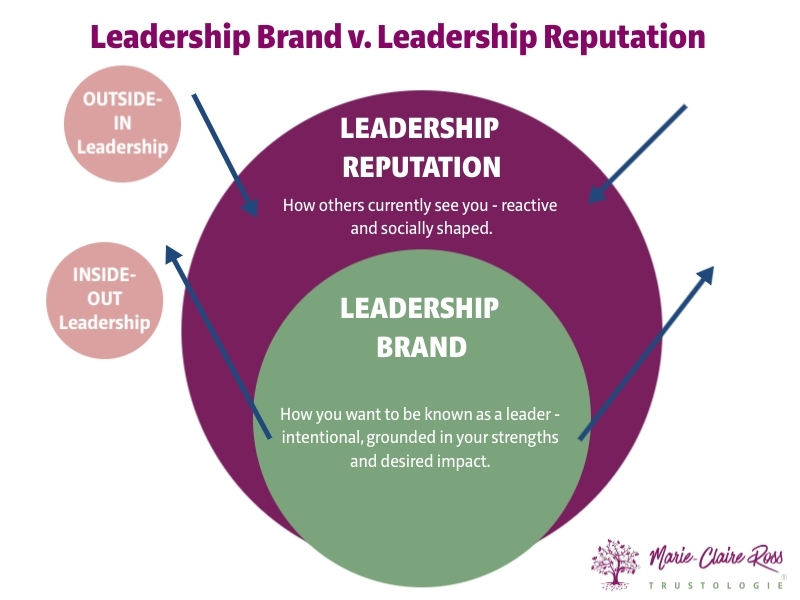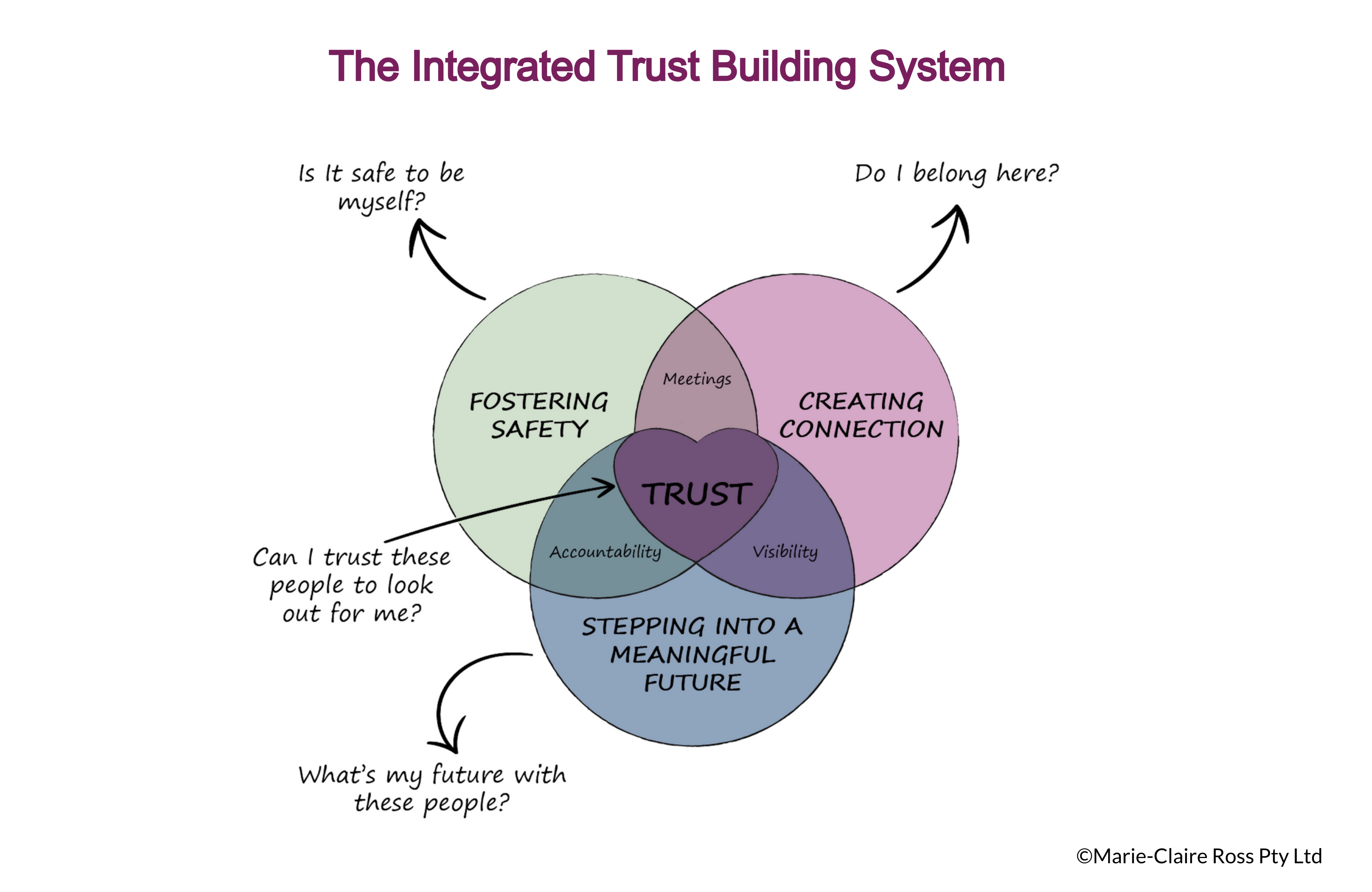6 Essential Executive Skills That Will Make You Unstoppable in 2026
The workplace is evolving at a pace few previous generations have seen and 2026 will mark a turning point. The Future of Work is blended, not hybrid....
Develop leaders, strengthen executive teams and gain deep insights with assessments designed to accelerate trust and performance.

Transform how your leaders think and perform with keynotes that spark connection, trust and high-performance cultures.

Explore practical tools, thought-leadership and resources to help you build trusted, high-performing teams.

Trustologie® is a leadership development consultancy founded by Marie-Claire Ross, specialising in helping executives and managers build high-trust, high-performing teams.

2 min read
Marie-Claire Ross : Updated on November 25, 2015
When it comes to mastering how to effectively run a safety meeting, it's no surprise that using a safety meeting agenda template enables supervisors to easily put together a safety meeting.
However, if you look at the majority of safety meeting templates, they are all based on compliance.
While we all know that no matter what country you live in, you need to abide by safety regulations, one of the pitfalls is that by following a compliance based safety meeting template, you actually exclude other important safety related behaviour that contribute to a healthy, safe workplace.
Not only is that, it's possibly the worst way to go about improving safety. As Donald J Eckenfelder says in the book, Values-Driven Safety, regulatory leadership that is based on compliance statistics and not on performance improvement can inadvertently mask the real problems, thereby subverting real safety prevention measures.
After all, compliance based communication tends to come off a bit controlling, which is often the type of communication that we subconsciously resist, even to our own detriment.
For any type of communication to be effective you need to merge both hemispheres of the brain.
The left hemisphere is rational, linear, logical and analytical. It likes to analyses details. Those who are more L-directed thinkers are accountants, lawyers and engineers. And safety professionals who love compliance (also include safety lawyers here).
While the right hemisphere is instinctive, empathetic, understands context (the left brain handles what is said, while the right focuses on how it's said), non verbal and emotional cues. It sees the big picture. Those who are more R-directed in their thinking are entertainers, artists, designers and counsellors.
Both sides work together - but they have different specialties.
The left hemisphere knows how to handle logic and the right hemisphere knows about the world. Put them together and you have a powerful thinking machine. Get them to work separately and life becomes, well one-sided and a little strange.
Many companies often complain that their supervisors are boring people in toolbox talks.
One of the reasons is that they follow very left brain focused safety meeting templates. They talk about compliance, they talk about safety data and they completely omit how to engage others with contextual, visual and engaging right brained information.
What those leading toolbox meetings must do - is communicate to both sides of the brain. This is important as people understand information differently.
That's why in our Supervisor Leadership Skills for a Safe Workplace training course, we train supervisors on how to use a right-brained focus safety meeting template. This template reinforces right brained activities to engage and inspire staff about safety. At the same time, it also includes left brain compliance tasks creating a lovely whole brained safety meeting that will invigorate your safety meetings.
It takes out all of the guesswork when designing a more engaging and co-operatvie safety meeting environment.
Find out more by visiting www.digicast.com.au/toolbox_training_DVD. To learn more about right/left brain communication read Six Ways to Use the Whole Brain in Workplace Training.

The workplace is evolving at a pace few previous generations have seen and 2026 will mark a turning point. The Future of Work is blended, not hybrid....

Many leaders jump into a leadership position excited by the opportunity to help others and perform at a higher level.

What makes a good team leader isn’t just about having authority or getting tasks done - it’s about the ability to create an environment where people...

Trust in business is foundational. It underlies every human relationship, every interaction, every communication, every initiative, every work...

We all love to hate meetings. Yet, when executed effectively, they enhance team unity and harness the collective intelligence of your people.

A CEO of a well-known Australian brand came to me to coach his CFO, Bill. Bill had been with the company for over thirty years and was proud that he...